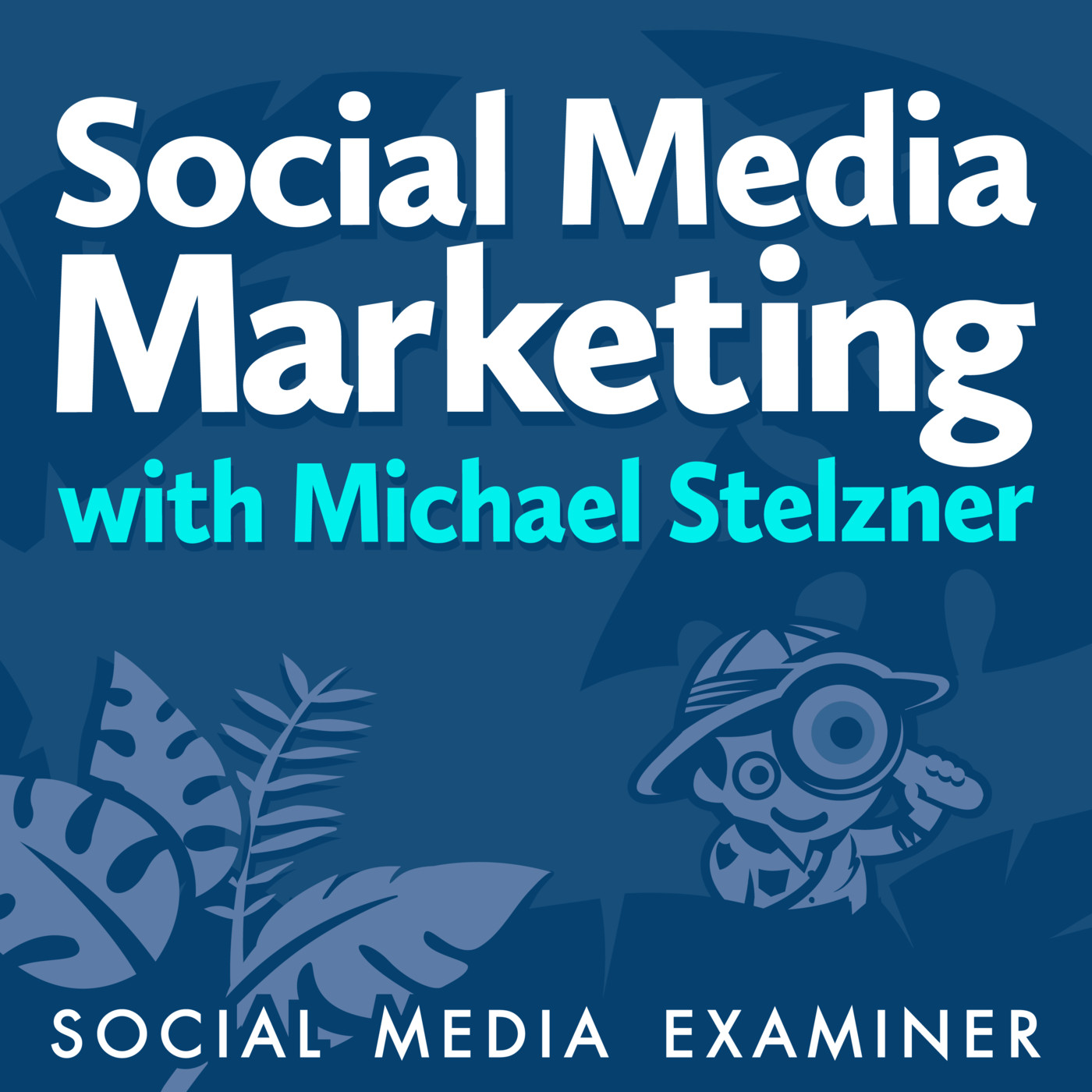
Marketing Strategy Framework: How to Get More Leads & Sales in 2025

Social Media Marketing Podcast
Deep Dive
Why is having a clear marketing strategy important for businesses in 2025 and beyond?
A clear marketing strategy is crucial because it helps businesses avoid the common pitfall of 'throwing spaghetti at the wall' and ensures they have a focused, intentional approach to generating leads and sales. It provides clarity on what actions to take and prevents overwhelm and scattered efforts.
What is the outcome of following Emily Hirsch’s marketing strategy process?
Following Emily Hirsch’s marketing strategy process results in a custom marketing strategy that generates more qualified leads and sales. It is not a one-size-fits-all approach but is tailored to the unique aspects of each business, including its offer, experience, wisdom, and ideal customers.
What is the first step in Emily Hirsch’s marketing strategy framework?
The first step is to define the foundation, which involves identifying the core outcome that your business solves for your ideal customer and expressing it in a simple, clear sentence using the customer's language.
How can marketers ensure they are using the right language in their marketing copy?
Marketers can ensure they use the right language by talking to their ideal customers, using open-ended questions in surveys, and listening to their feedback. They can also use tools like ChatGPT to get insights into the typical challenges and phrases used by their target audience.
What is the second step in Emily Hirsch’s marketing strategy framework?
The second step is to identify and define the unique process or method that you use to achieve the core outcome for your customers. This process should highlight what makes you unique and how you stand out from others in your industry.
Why is it important to talk about your unique process in marketing?
Talking about your unique process is important because it provides value to your audience by showing them the exact method to achieve their desired results. It builds trust and credibility, and it helps differentiate you from competitors by highlighting your authenticity and what makes you special.
What are the three main components of a marketing strategy according to Emily Hirsch?
The three main components of a marketing strategy are: 1) Building an audience, 2) Generating leads, and 3) Converting leads into sales. Each component is essential and should work together to achieve the overall goal of increasing sales.
What is the role of content in audience building?
Content in audience building is used to attract brand awareness and visibility. It should be directly connected to the problems, frustrations, and desires of your ideal customer, and it can take various forms such as social media posts, podcasts, or videos.
How can visibility ads be used effectively in audience building?
Visibility ads can be used to promote high-quality content, such as podcast episodes, to a broader audience. By spending a small budget on ads, you can significantly increase the reach of your content and attract more people to your brand. This strategy can also help build an audience for retargeting and lookalike campaigns.
What is the purpose of lead generation in the marketing strategy framework?
The purpose of lead generation is to create an experience that provides clarity and confidence in your offer. It involves solving a problem for your audience, showcasing your process or values, and guiding them to a point where they are fully bought in and ready to take action.
How can you balance giving away valuable information for free while still making a sale?
You can balance giving away valuable information by providing useful but incomplete content that gives clarity and confidence. This approach builds trust and demonstrates your expertise, making people more likely to buy your offer for the saved time and speed of results.
What is the final step in the marketing strategy framework?
The final step is converting leads into sales. This involves nurturing the leads through consistent communication and multiple touch points, and presenting your offer in a way that focuses on the outcomes and benefits for the customer.
Shownotes Transcript
Tired of throwing marketing spaghetti at the wall? Want a proven system to generate consistent leads and sales? To learn a simple 3-step marketing framework that helped generate millions in revenue by focusing on audience building, lead generation, and strategic conversion, I interview Emily Hirsh.
Guest:** **Emily Hirsh) | Show Notes: socialmediaexaminer.com/646)
Review our show) on Apple Podcasts.
See Privacy Policy at https://art19.com/privacy) and California Privacy Notice at https://art19.com/privacy#do-not-sell-my-info).